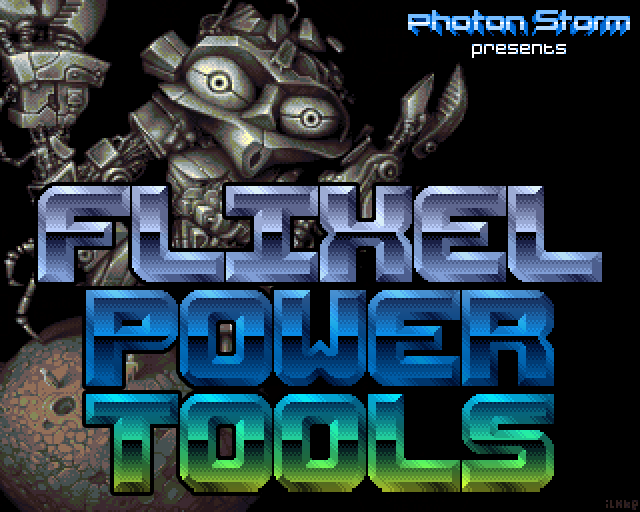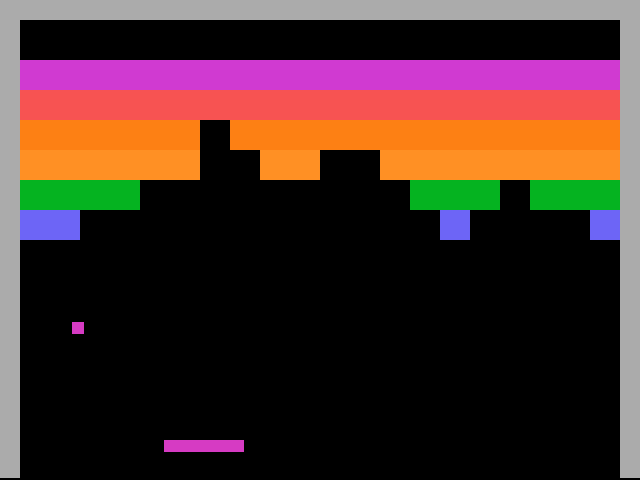Posts Tagged ‘flixel’
-
Flixel Power Tools v1.5 – A monster of an update!
11th May 20116The Flixel Power Tools are going from strength to strength, and last night I finally completed the v1.5 update, and it’s a monster…
Hello github
First of all – we’ve moved to github! After getting extremely annoyed at the downtime of my Google Code project I decided to bite the bullet and learn git. And I’m glad I did! As a result I have reorganised the whole project structure. It’s now cleaner, easier to navigate and doesn’t rely on any classpath dependencies. Hoorah!
Comprehensive Getting Started Guide
I’ll admit it – although the tools were pretty easy to use, they did assume a lot of prior knowledge to get up and running with them. This has now been addressed by way of a PDF guide. It takes you through the process of download, install and use, step-by-step. It’s included when you download from github, just look in the Docs folder.
Revamped Test Suite
The Test Suite was a great idea, but was getting cumbersome. So I have refactored it extensively. Tests are now stored in sub-folders relating to the tool they apply to. I’ve also dropped the “Flx” part of the test class names. There are lots of new tests, and the suite has grown in size vertically to accommodate the layout changes.
Bugs, be-gone!
Lots of small bug fixes across most classes. And lots more in-line documentation added. I don’t think there is a class / function anywhere now that doesn’t have in-line documentation with it. Some classes have had a few changes, for example the Color and Gradient classes now fully support alpha channels in all colours given, so check your code before wading right in – but if something like the FlxHealthBar starts looking strange after you update, it probably just needs the colour changing to AARRGGBB format.
New classes!
Of course there are some new classes too 🙂 FlxScrollingText takes the best parts of FlxBitmapFont and FlxScrollZone and merges them to create extremely flexible scrolling text fields. Just feed it with a FlxBitmapFont and you’ll get a Sprite back that you can stick anywhere in your game, with fluidly scrolling text running through it. Update the text in real-time, have the sprite delete itself once the text ends (or wrap to the start), bounce it around, scale it, alpha, rotate it. Pretty cool really 🙂 3 Test Suite tests included.
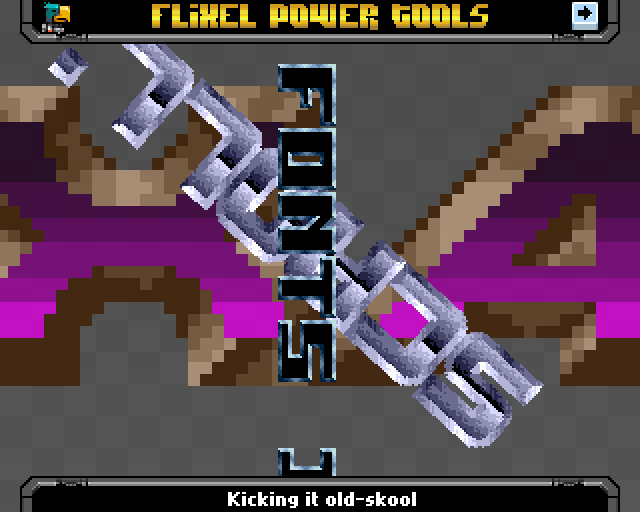
And finally the introduction of FlxSpecialFX. The more I worked on the Power Tools the more I realised they were splitting into two key areas: tools for your game, and tools that just created visual effects. So it made sense to me to start splitting them out – which is where the FlxSpecialFX class comes in. It’s a handler for the new FX Plugin system, into which I’ll carry on expanding and adding new FX (and hopefully the community will too!). Right now there are two FX plugins – Rainbow Line and Plasma, but lots more are coming 🙂
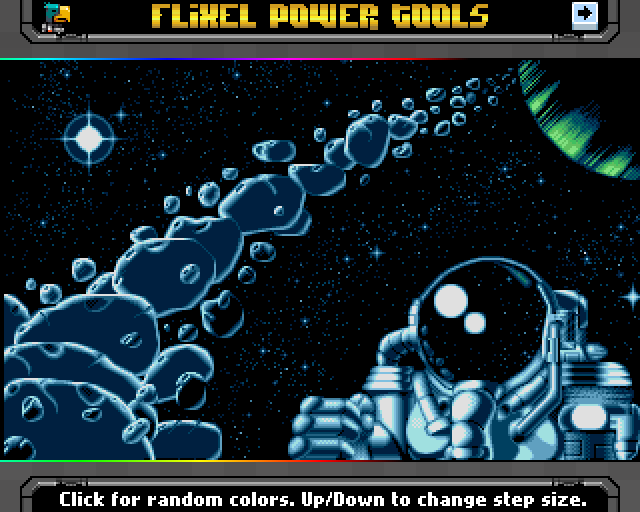
Play with the tools over here and be sure to grab the new package from github and enjoy!
-
FlxScreenGrab and FlxScrollZone added to Flixel Power Tools
29th Apr 2011I’m pleased to announce that I released v1.4 of the Flixel Power Tools tonight. I have re-factored all of the tools so they now run as native Flixel plugins, something Adam added to 2.5 (I suspect after I wore him down on gtalk with requests for it :). The Flixel plugin structure is great, because plugins can be registered with the framework once and then run independently of your game state, with hooks into the core update loop. Sweet.
As well as the 2.5 updates I also added 2 new classes and loads of Test Suite demos that I’m really stoked about. The new classes are:
FlxScreenGrab
This class allows you to take screen grabs of your game as it’s running. And then save that grab as a PNG locally. The screen grab process can be bound to a Hot Key, or called directly. You can control if the mouse pointer is hidden before capture or not, and you have full control over which part of the screen is captured. It defaults to the whole screen, but any rectangle region is valid (and can even be passed in real-time, see the Camera Test Suite example!)
At the moment I see this class as being useful during development to take quick grabs, but I’ll update it so that you could use it in an actual game, as right now Flash Player security restrictions don’t allow the FileReference Save window to open because I don’t trigger it on a MouseEvent. But this will be fixed 🙂
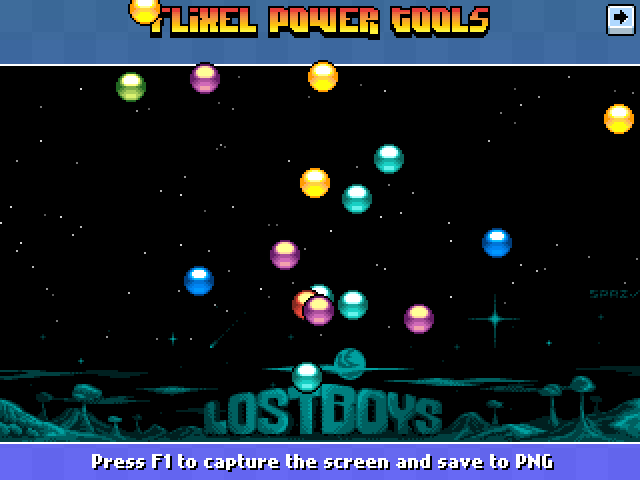
The next class is …
FlxScrollZone
This class is a powerful way to create scrolling regions in any FlxSprite. A good example may be a background sprite which has a seamless (tiling) texture on it. With this class you can make the texture scroll at any speed in any direction seamlessly but keep just one sprite on-screen. You can create as many scrolling zones as you like in one sprite, and add as many sprites as you like to the FlxScrollZone manager! It’s fast enough that the x/y scroll speeds can be fed to it in real-time. Lots of Test Suite examples showcase the various ways this can be used. The important thing to remember is that even with all that scrolling going on, the x/y values of the sprites being used are never touched. Perfect for game backdrops, sequences, skies, etc.
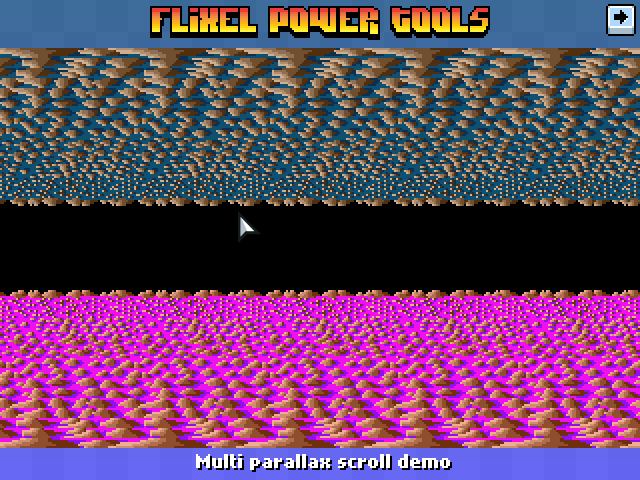
Grab these and the rest of the Flixel Power Tools 🙂
-
Video of me coding Breakout in Flixel in 20 mins
15th Apr 2011Having spent the past couple of days deep in Microsoft Word writing tech specs, I was desperate to do some coding. But I only had a 1 hour lunch break available. So I picked a game: Breakout (Atari 2600 style), found a reference screen shot online to get the colours from, fired-up FlashDevelop, hit record and started coding.
20mins later and it was done. I then hastily cut this video together and uploaded to YouTube (which ironically took longer than coding did). Here’s the video embedded. I sped it up x2 for sanity sake, and it’s a nice way of hiding my typos 🙂 If you can please watch it in HD on the YouTube site, it’s much easier to see what I’m coding!
Ok so it’s not a gaming master-piece, but there’s a real solid shell of a game here you are free to take and expand as you wish. The first thing you may want to do is drop the “cheat wall” from the bottom, add some lives, a score and level progression 🙂
Full source code after the jump.
-
Flixel Power Tools v1.3 – Now Flixel 2.5 compatible!
12th Apr 2011Adam has recently pushed Flixel v2.5 from the dev branch to beta, which means it is very close to becoming the next master release of flixel.
A lot has changed between the previous version and 2.5. There have been significant structural changes, dead-wood pruned out, and a lot of really nice new features added including powerful cameras and game save / replay support.
There’s little point holding on to the past, so I have updated the Flixel Power Tools accordingly. They are now fully v2.5 compatible, and the library, Test Suite and all the Tests have been updated to the new format. I will no longer maintain the old 2.43 branch, and it will eventually be archived away. All new classes will be for v2.5+ only.
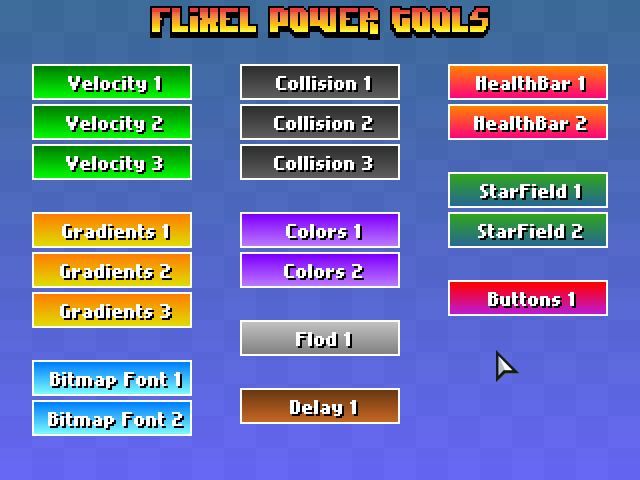
The Test Suite was also updated. I fixed the FlxColors Test 2, so it now properly works. FlxStarfield now has 2 new tests and supports both 2D and 3D starfields, and there is a new FlxButtonPlus test to show how to create custom buttons with roll-over events, callback parameters and more.
You can get the download from the Google Code Projects page as a zip file, or check out the svn project from there. Several people have been asking that I move it over to github. If you agree then let me know. It’s a lot of extra work maintaining both svn and git versions, but I personally am far more happy working in svn at the moment. Still, if demand is large enough I’ll spend the time required to learn git properly.
-
Flash Game Dev Tip #8 – Building a Shoot-em-up Part 3 – Return Fire
5th Apr 2011
Tip #8 – Flixel – Building a Shoot-em-up, Part 3 – Return Fire
This tip follows-on from Tip #4, where we added enemies and explosions into our game. But it was a little one-sided. This time the enemy are going to shoot back. And you’ll feel it, by way of a health bar and set of lives in our new HUD. Finally we’ll drop in the scrolling tile-map background and simple menu / game-over states. By the end it will look like this:
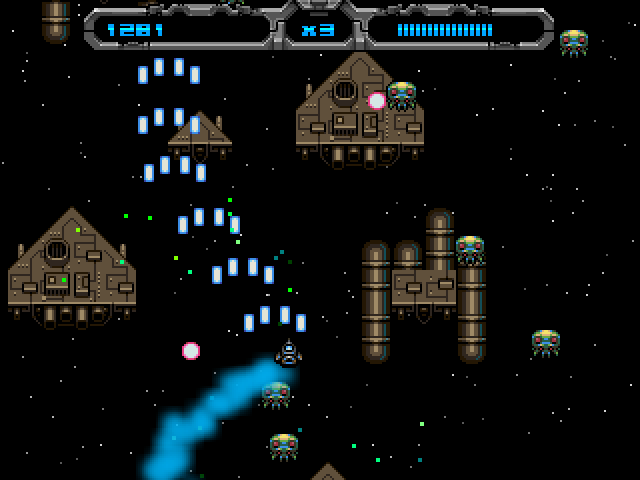
Note: I’ve embedded the game at the bottom of the tip.
Return Fire
Last time we added the Enemy Manager, which spawned a regular supply of enemies at us. Each enemy had a launch function which set it moving. Let’s add the ability to fire to that:
// Will they shoot at the player? 70% chance of doing so if (FlxMath.chanceRoll(70)) { willFire = true; fireTime = new FlxDelay(1000 + int(Math.random() * 500)); fireTime.start(); }This uses a new FlxMath function chanceRoll. The enemy has a 70% chance of firing at you. If this happens we create a new FlxDelay Timer of 1 second + up to an extra 0.5 second, and start it running.
Then in the Enemy update function we check that timer:
if (willFire && fireTime.hasExpired) { Registry.enemyBullets.fire(x, y); willFire = false; }As you can see, this is calling the fire function in our Enemy Bullet Manager, passing in the x/y coordinates of the Enemy, which launches a bullet from the bullet pool:
public function fire(bx:int, by:int):void { x = bx; y = by; FlxVelocity.moveTowardsObject(this, Registry.player, speed); exists = true; }FlxVelocity tells the bullet (this) to move towards the player at the value of speed (which in our case is 240 pixels per second).
Hire Us
All about Photon Storm and our
HTML5 game development services
Recent Posts
OurGames
Filter our Content
- ActionScript3
- Art
- Cool Links
- Demoscene
- Flash Game Dev Tips
- Game Development
- Gaming
- Geek Shopping
- HTML5
- In the Media
- Phaser
- Phaser 3
- Projects
Brain Food

